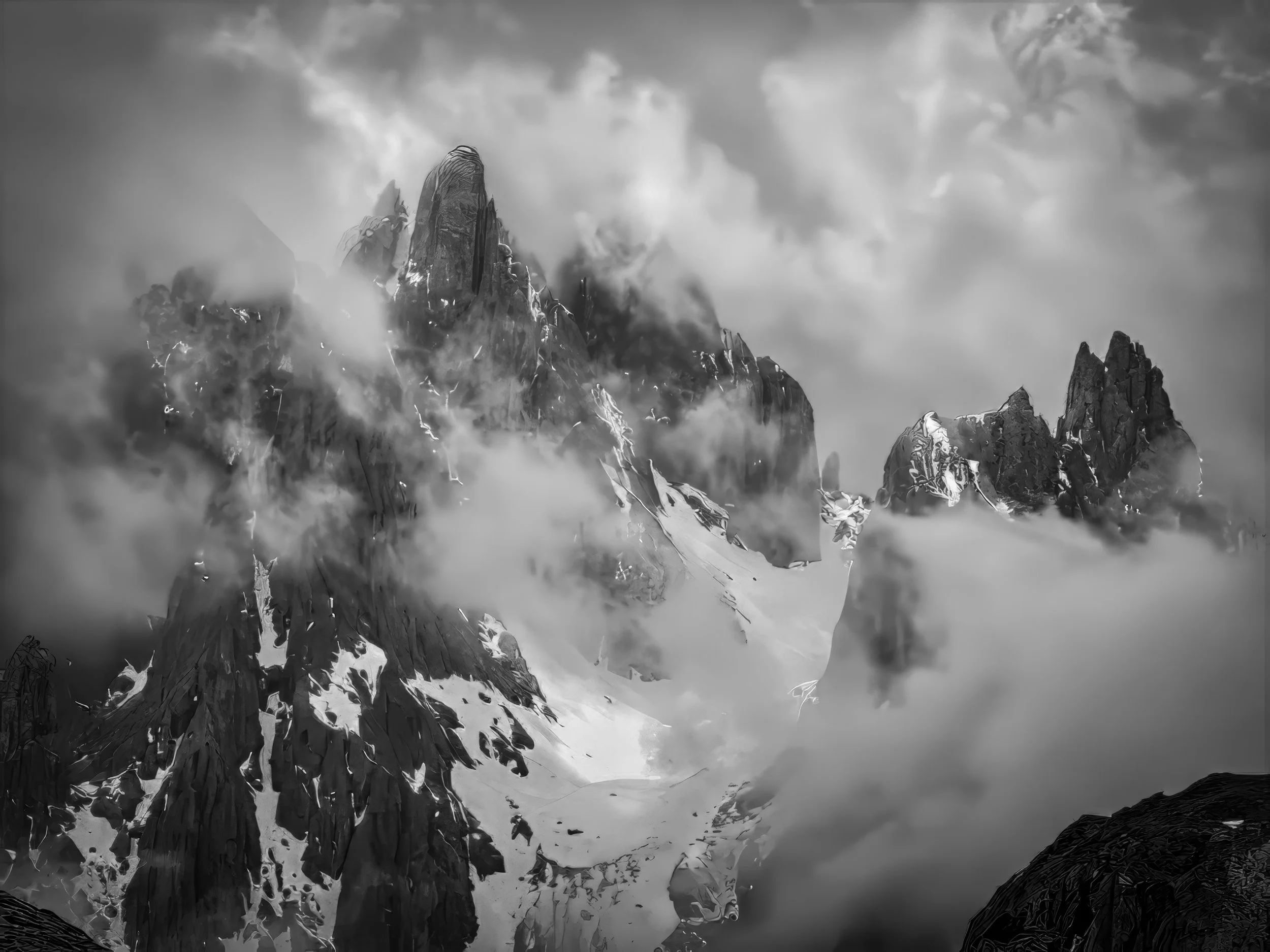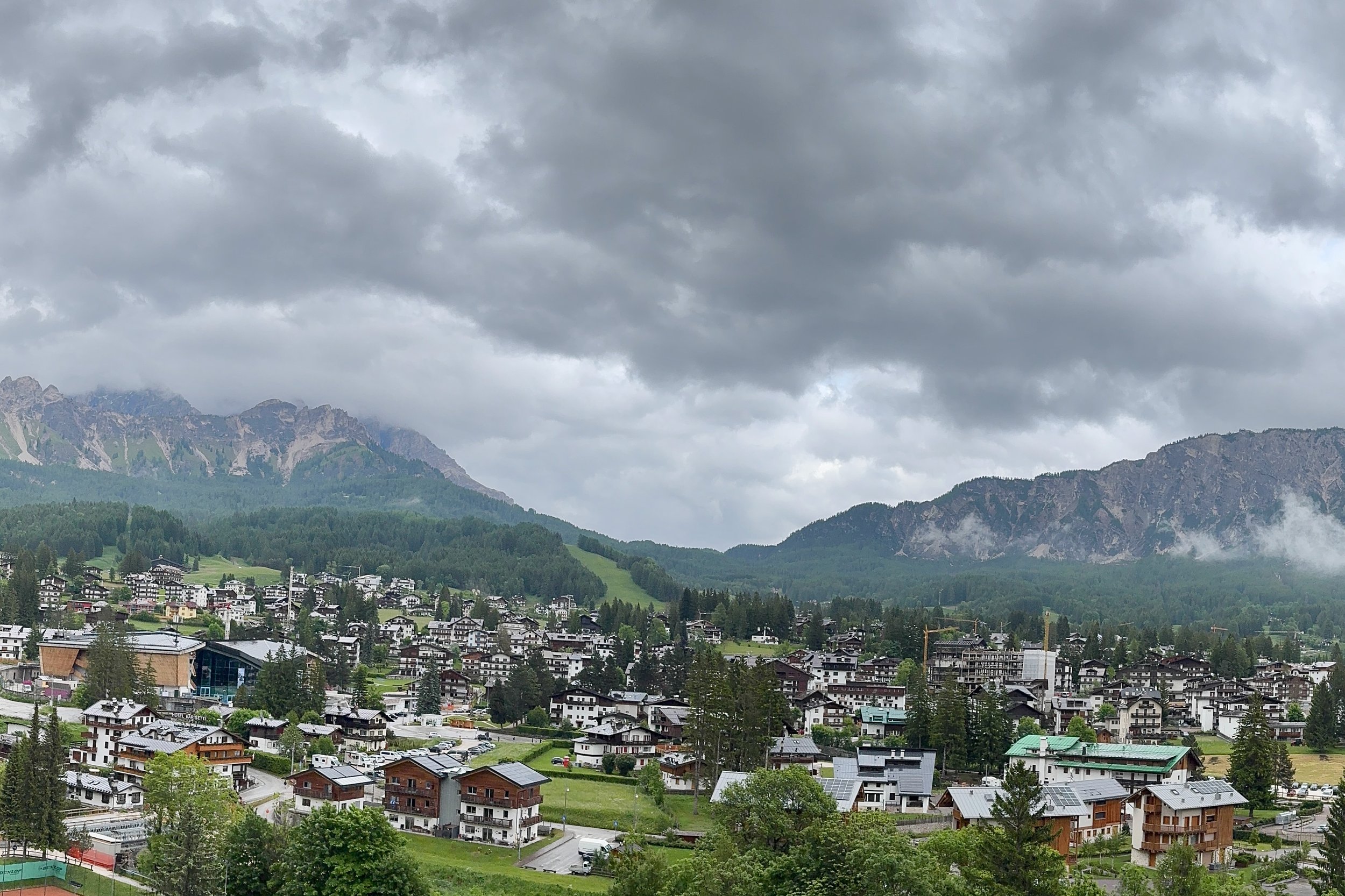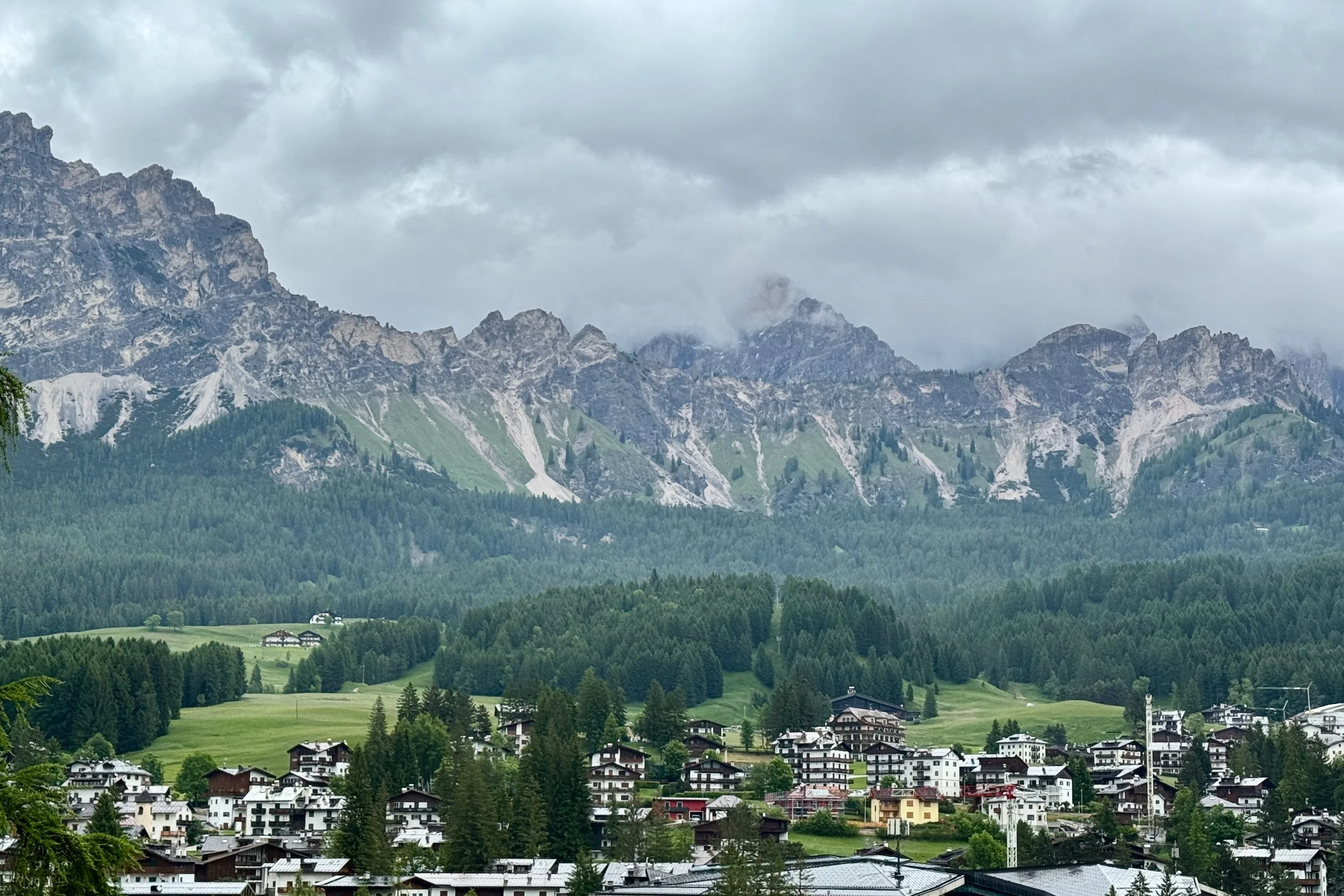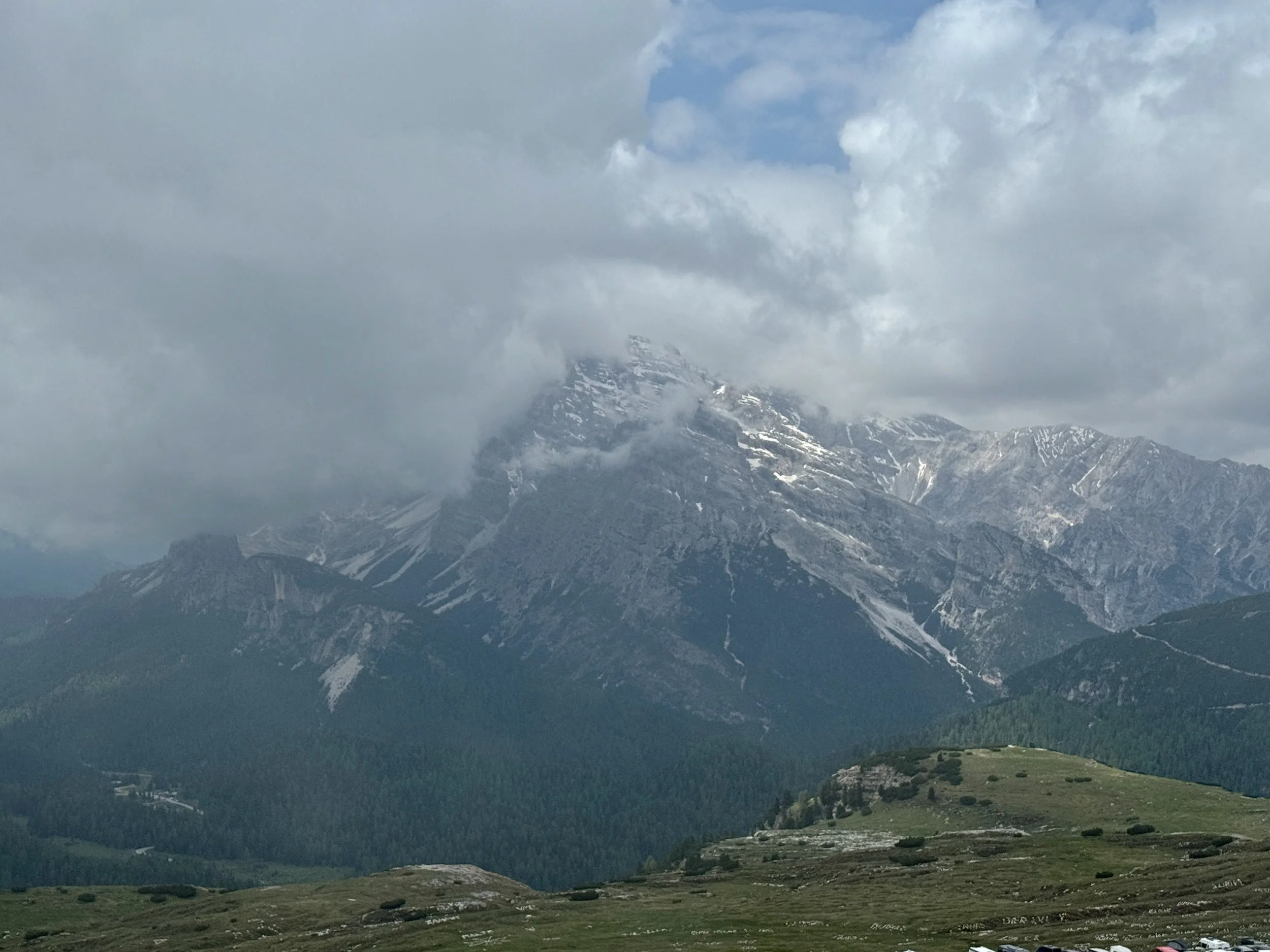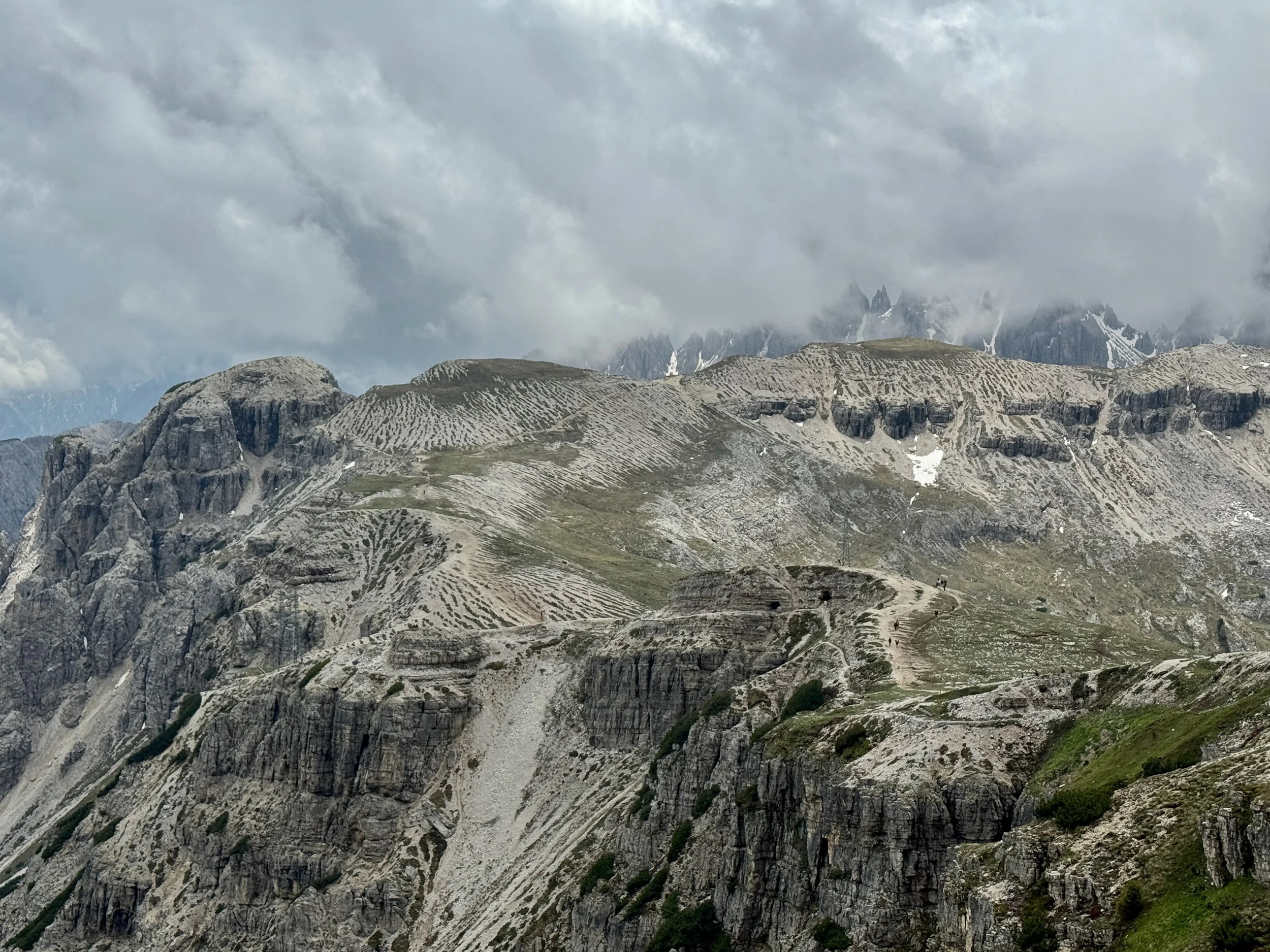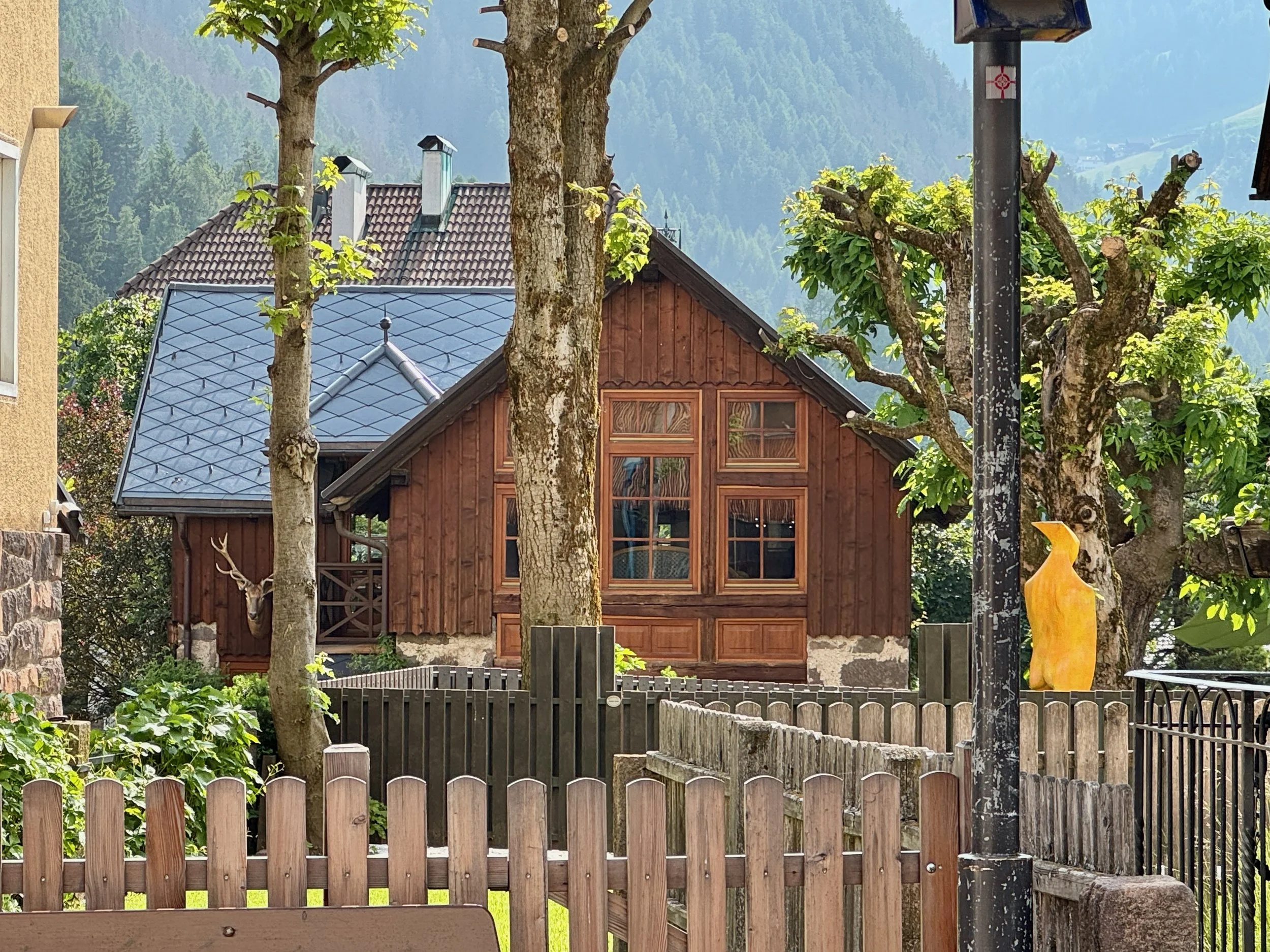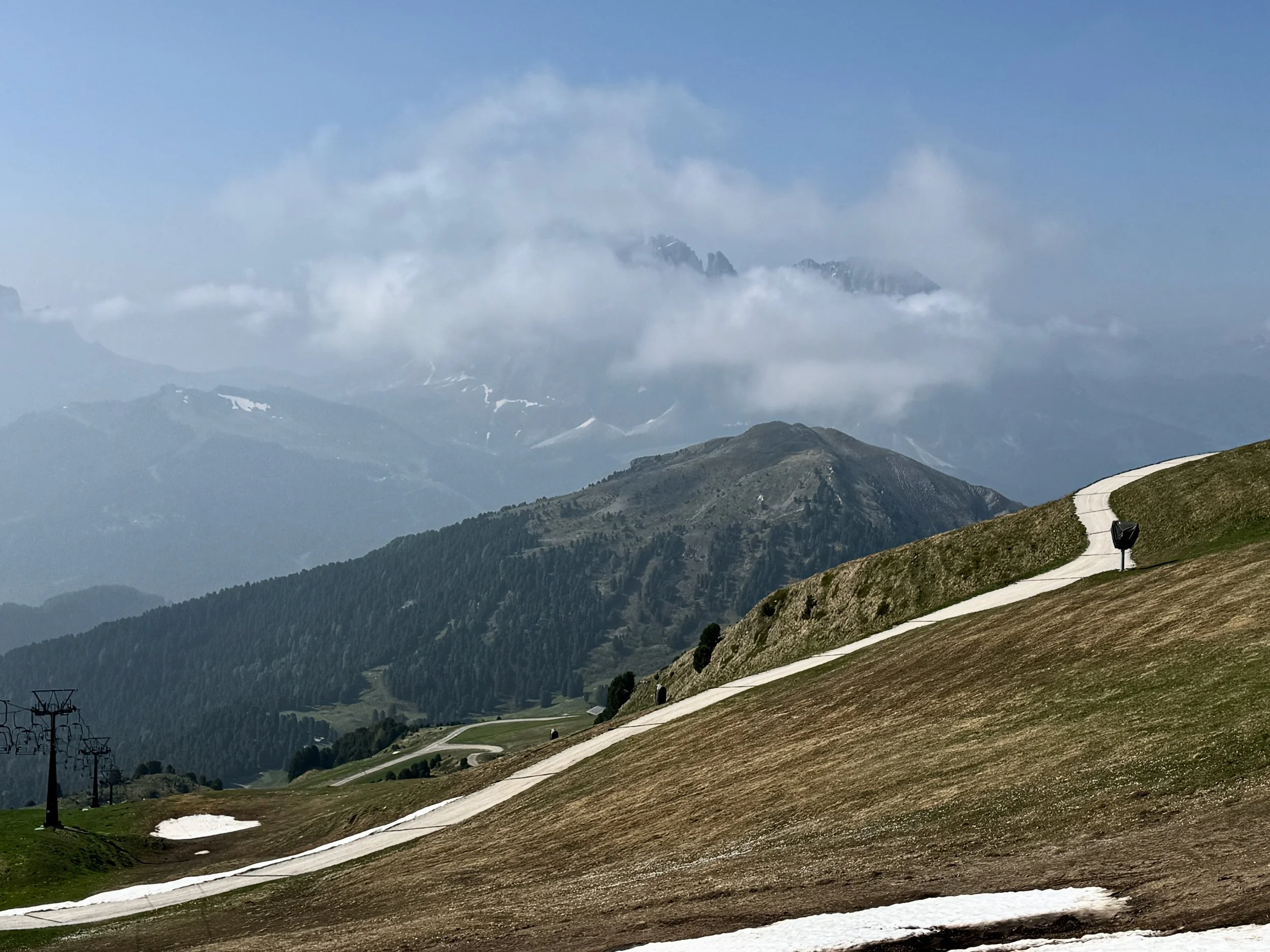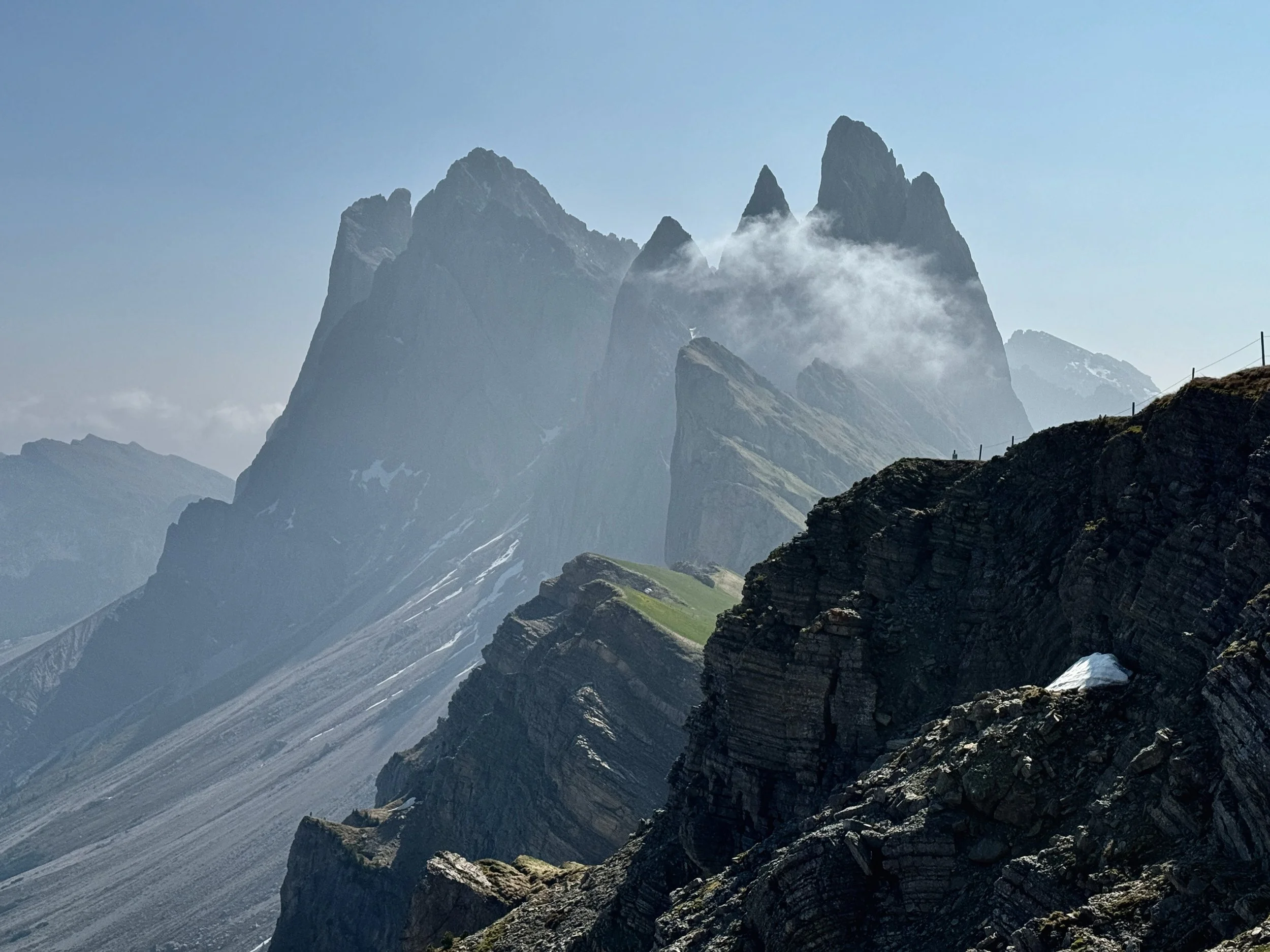The Dolomites: Between Cloud and Charm
Planning a Trip to the Dolomites
Planning a trip to the Dolomites can feel overwhelming at first glance. The region stretches wide, its valleys each holding their own character, and the names of villages—Ortisei, Selva, Corvara, Canazei, San Candido—read like a list of possibilities that could each justify a stay. With so many famous viewpoints—Tre Cime, Seceda, Alpe di Siusi, Passo Giau, Val di Funes—it’s tempting to want to see everything, to spread thin across the range in pursuit of every iconic scene.
Other towns held their appeal. Selva di Val Gardena, for example, sits close to the Sella Pass and offers dramatic peaks within easy reach. Corvara in Badia would have been another strong choice, a small but lively hub nestled in the heart of the Alta Badia region. Canazei, further south, is surrounded by some of the most striking passes in the Dolomites, and San Candido, near the Austrian border, provides access to both alpine charm and the famed Tre Cime. Each option carried a certain allure, but including them all would have spread the trip too thin.
We quickly realized that chasing too many stops would leave us exhausted, never really settling into a place long enough to know it. In the end, we chose just two bases: Cortina d’Ampezzo in the east and Ortisei in the west. It felt like a manageable balance—enough variety to explore without the constant shuffle of unpacking and repacking. By narrowing our focus to Cortina and Ortisei, we gave ourselves time to wander, to linger, and to let the mountains shape the experience rather than the itinerary.
Cortina d’Ampezzo – Olympic Energy in the Eastern Dolomites
We left Venice behind at Piazzale Roma with a rental car and the anticipation of climbing into the Dolomites. The drive itself felt like an unfolding promise—flatlands giving way to rising peaks, their silhouettes deepening with every turn. Our base for the first three nights was an Airbnb in Cortina d’Ampezzo, a town buzzing with Olympic preparations. Construction cranes and scaffolding interrupted the skyline, yet beneath the bustle lingered a sense of alpine tradition.
One morning we ventured toward Tre Cime di Lavaredo, one of the Dolomites’ most iconic landmarks. You need a parking reservation to access the toll road and we were able to get one for mid-morning. The mountains kept themselves cloaked in a heavy overcast sky, light muted and flat. Few photographs came from that outing, but the quiet grandeur of those jagged walls in the mist stayed with us—sometimes the experience itself outlives the image.
Passo Giau, on the other hand, offered a different reward. There the clouds shifted just enough to unveil ridges and valleys bathed in fleeting light. For a moment, the mountains revealed their drama, and the camera finally found its voice.
Back in Cortina, we wandered the old town, its cobblestone streets and alpine facades carrying a hint of history. Even amid modern commotion, the town whispered of long winters, ski races, and summers filled with climbers chasing the ridgelines.
Ortisei – Alpine Charm in Val Gardena
From Cortina we drove west, deeper into Val Gardena, and found ourselves in Ortisei. Here, the pace slowed. The town’s alpine houses painted in cheerful colors, the flower boxes tumbling over balconies, the narrow lanes leading to tucked-away corners—it all felt more charming than Cortina, more personal. Four nights gave us the luxury of settling in, letting the rhythms of the town and valley take hold.
We took the lifts to Seceda and Alpe di Siusi, carried high above meadows that rolled toward the horizon. A haze drifted in—smoke carried on the wind—and softened the sharp lines of the peaks. The views never reached the clarity we had imagined, but instead became something gentler, almost painterly. Photographs were harder to capture, yet the atmosphere of standing in that high alpine silence was its own kind of gift.
The haze convinced us to leave Val di Funes unseen this time. The famous church at Santa Maddalena beneath the Odle peaks would have been swallowed by the gray veil, its brilliance dulled. It was a hard choice to turn away, but sometimes restraint is as much a part of photography as pursuit.
Reflection
Looking back, Cortina gave us the energy of a town in motion, braced for its global moment, while Ortisei welcomed us with warmth and charm. Together, they showed us two sides of the Dolomites—one restless, one timeless—both etched into memory in ways the camera only partially captured.
FAQs About the Dolomites
What is the best town to stay in the Dolomites?
Cortina for the east, Ortisei for the west. Selva, Corvara, and Canazei are also excellent.
How many days do you need in the Dolomites?
Five to seven days is ideal, with two bases for balance.
When is the best time to visit the Dolomites?
June–September for hiking; late September for golden larches; winter for skiing.
Is Ortisei better than Cortina for photography?
Both are rewarding—Cortina for Tre Cime and passes, Ortisei for Seceda and Alpe di Siusi.
Should I visit Val di Funes?
Yes, if conditions are clear. The Santa Maddalena view is one of the Dolomites’ most iconic locations.
Do you need a car?
Yes, for flexibility to reach passes, villages, and trailheads.
Resources
If you’re interested in photography, Kevin at Shutter Safari has created some great photography guides. Highly recommend checking them out!
Back to the Beginning
The Dolomites marked the last chapter of our Italian journey. We returned our rental car in Bolzano and took the train to Rome for our flight home. Return to the Italy Through the Lens series overview →

